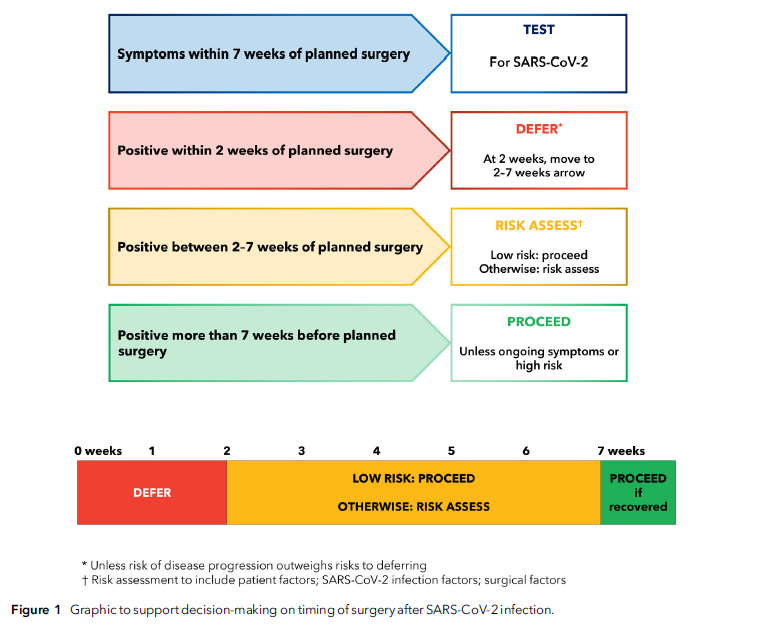Galyfos G, et al. Acute limb ischemia among patients with COVID-19 infection. J Vasc Surg. 2022 Jan;75(1):326-342. doi: 10.1016/j.jvs.2021.07.222. Epub 2021 Aug 12.
Results: In total, 34 studies (19 case reports and 15 case series/cohort studies) including a total of 540 patients (199 patients were eligible for analysis) were evaluated. All studies were published in 2020. Mean age of patients was 61.6 years (range, 39-84 years; data from 32 studies) and 78.4% of patients were of male gender (data from 32 studies). There was a low incidence of comorbidities: arterial hypertension, 49% (29 studies); diabetes mellitus, 29.6% (29 studies); dyslipidemia, 20.5% (27 studies); chronic obstructive pulmonary disease, 8.5% (26 studies); coronary disease, 8.3% (26 studies); and chronic renal disease, 7.6% (28 studies). Medical treatment was selected as first-line treatment for 41.8% of cases. Pooled mortality rate among 34 studies reached 31.4% (95% confidence interval [CI], 25.4%%-37.7%). Pooled amputation rate among 34 studies reached 23.2% (95% CI, 17.3%-29.7%). Pooled clinical improvement rate among 28 studies reached 66.6% (95% CI, 55.4%%-76.9%). Pooled reoperation rate among 29 studies reached 10.5% (95% CI, 5.7%%-16.7%). Medical treatment was associated with a higher death risk compared with any intervention (odds ratio, 4.04; 95% CI, 1.075-15.197; P = .045) although amputation risk was not different between the two strategies (odds ratio, 0.977; 95% CI, 0.070-13.600; P = .986) (data from 31 studies).
Conclusions: SARS-CoV-2 infection is associated with a high risk for thrombotic complications, including ALI. COVID-associated ALI presents in patients with a low incidence of comorbidities, and it is associated with a high mortality and amputation risk. Conservative treatment seems to have a higher mortality risk compared with any intervention, although amputation risk is similar.
Continue reading →

